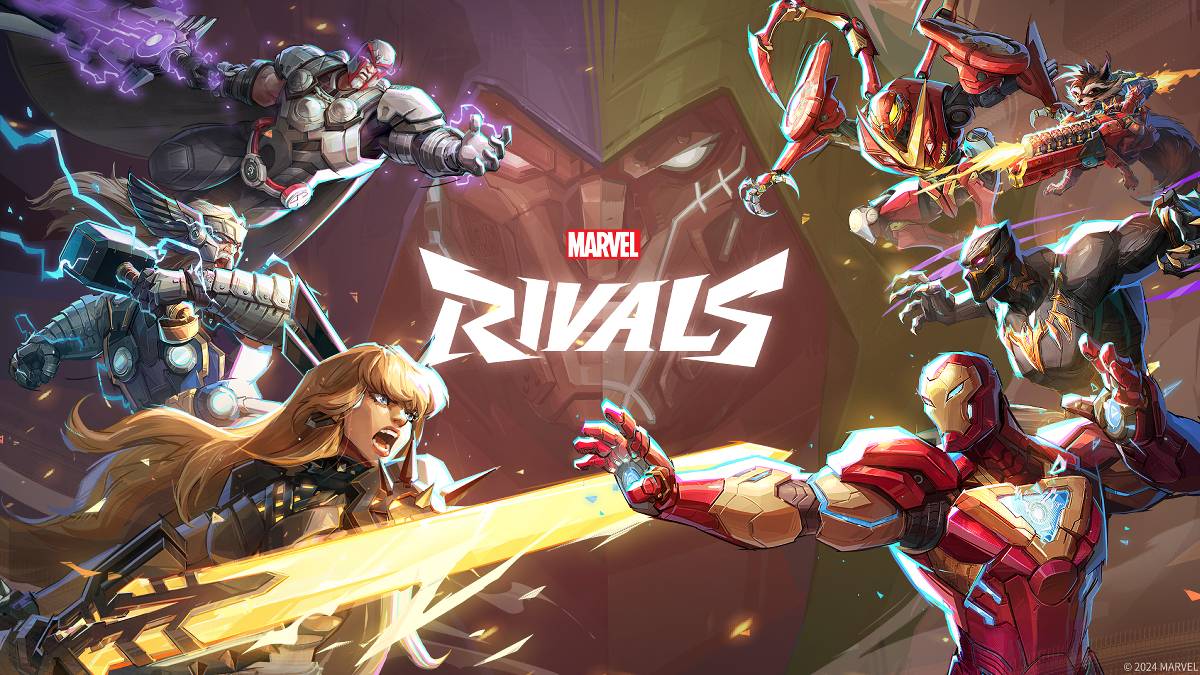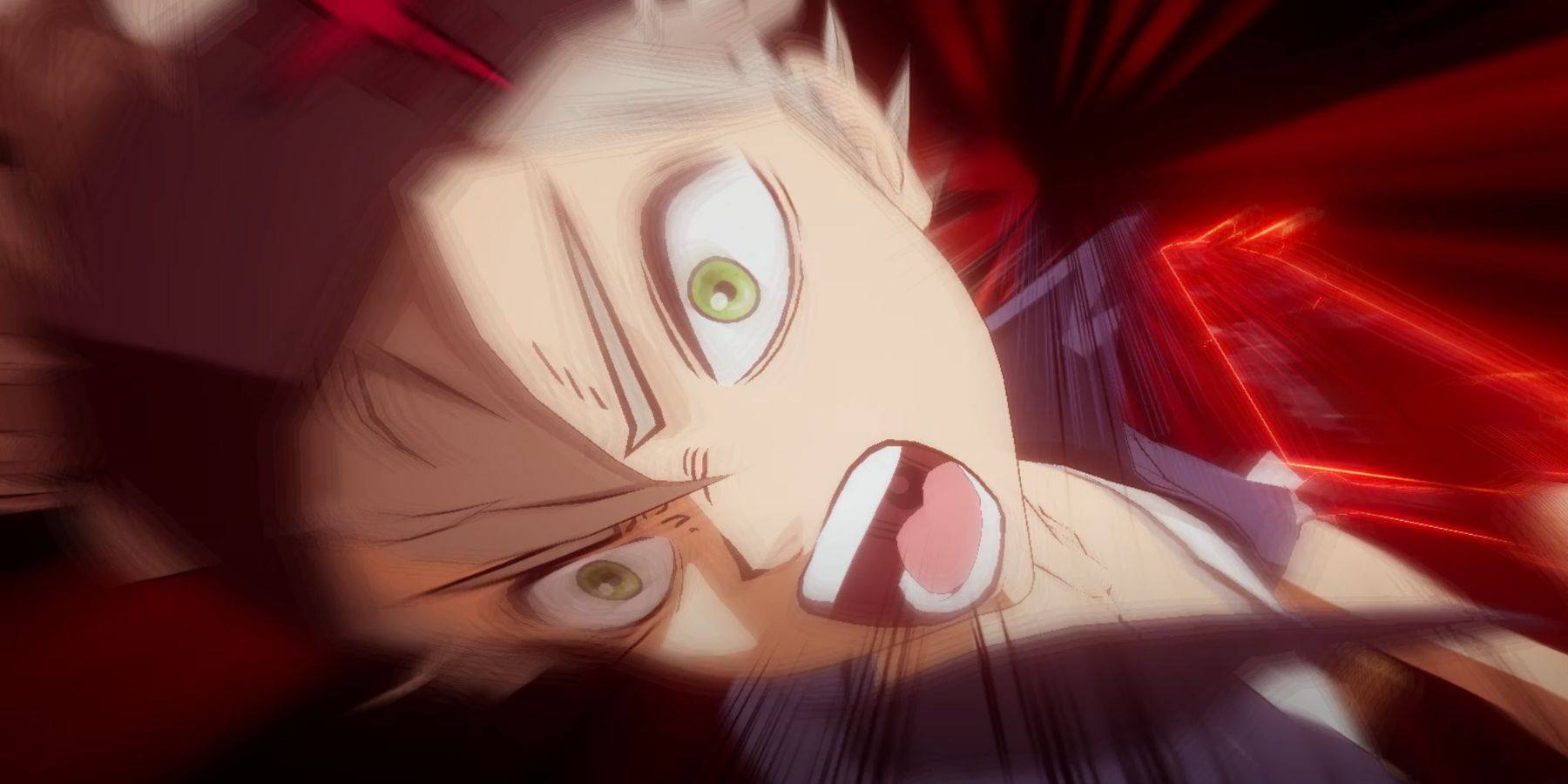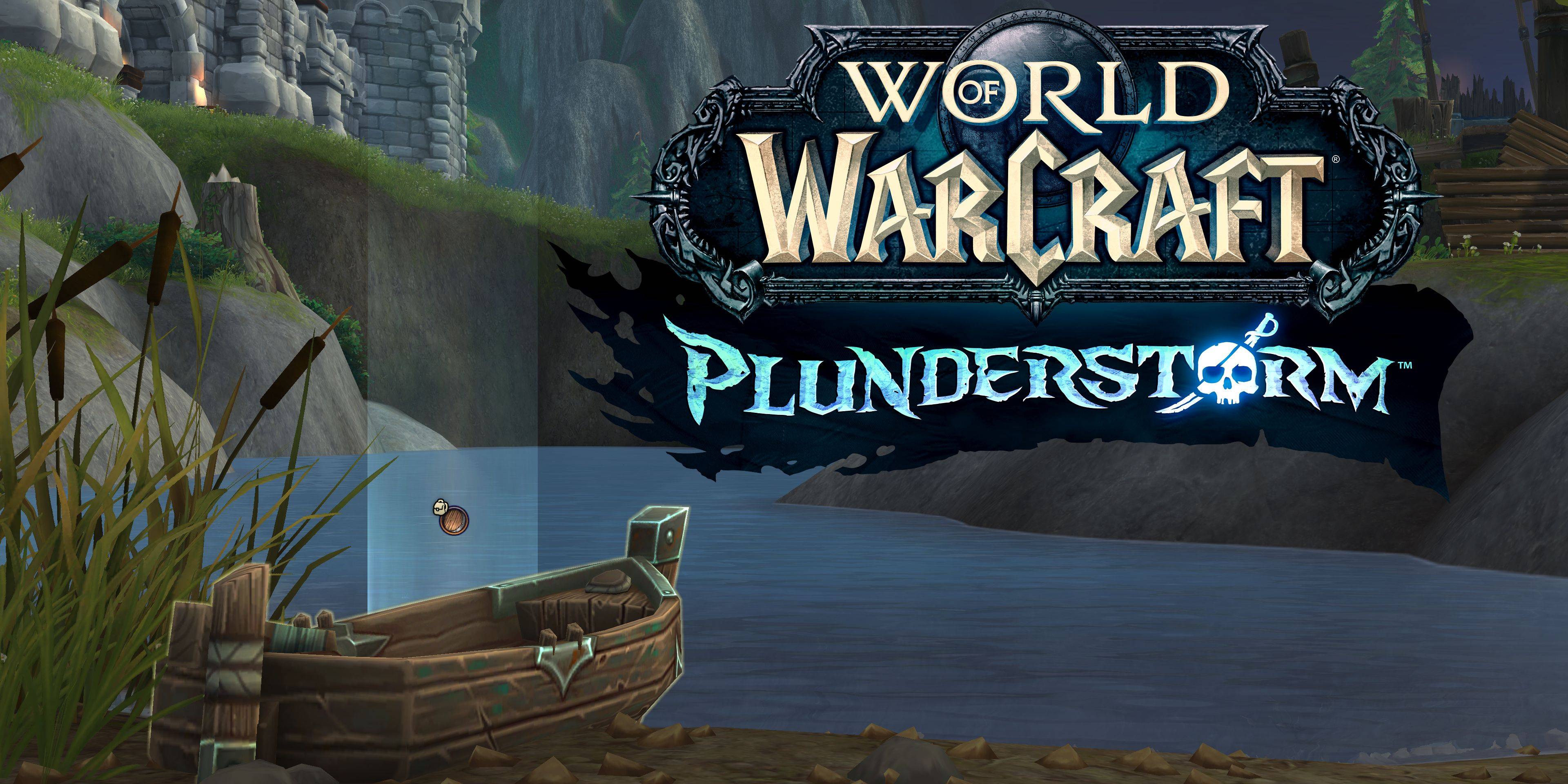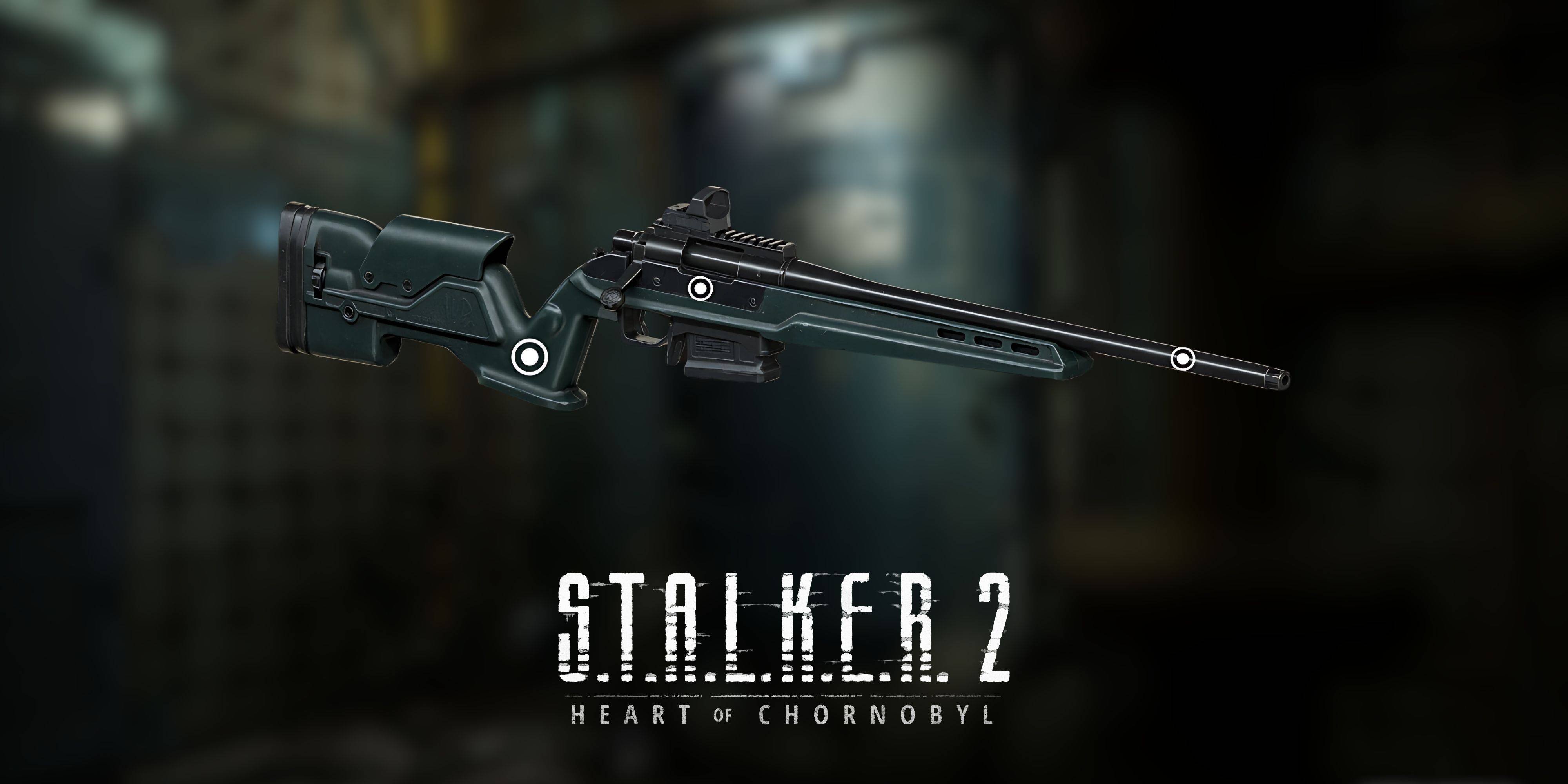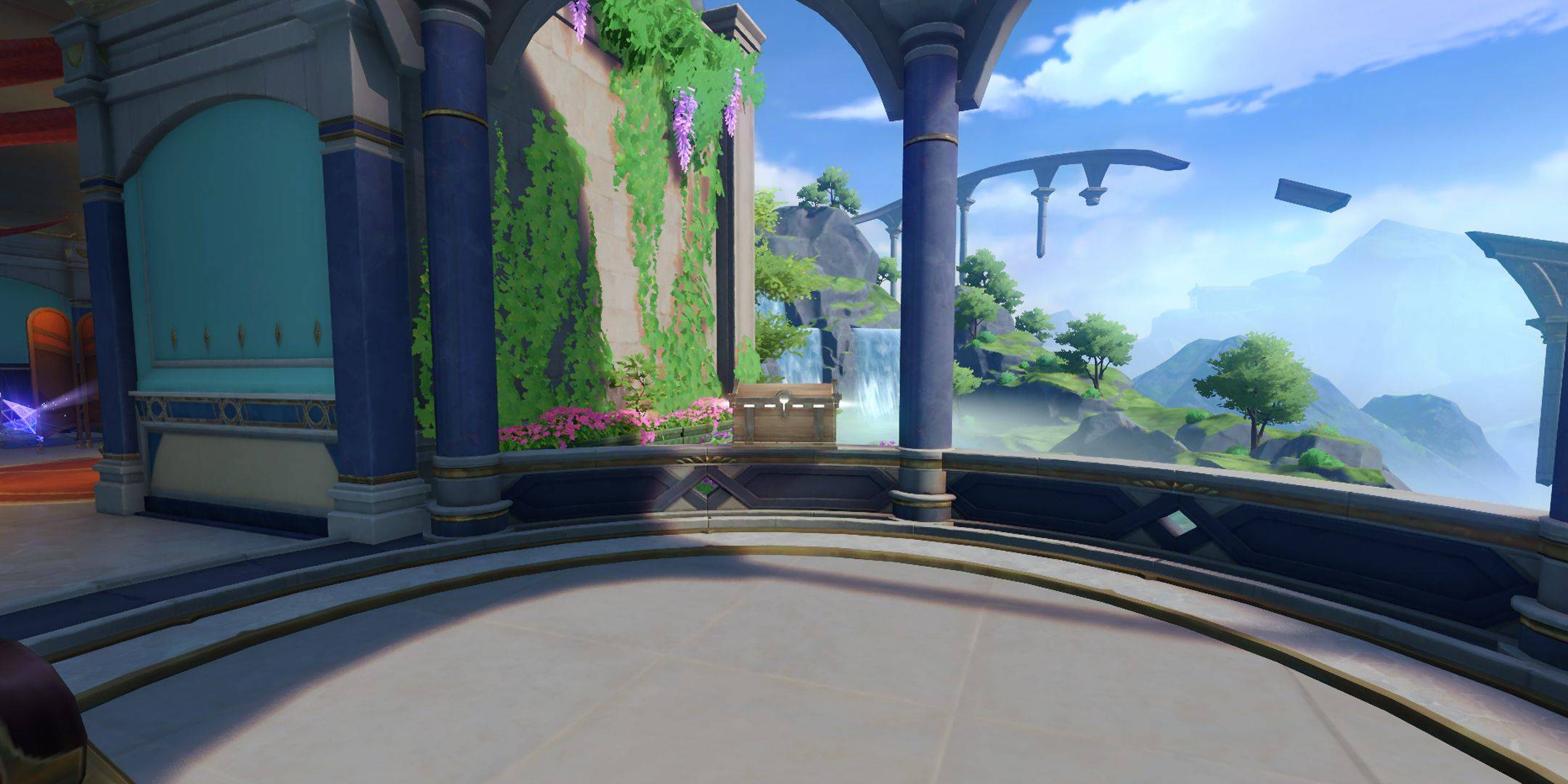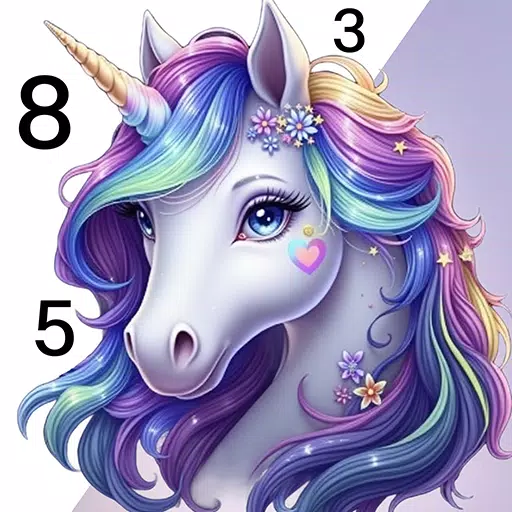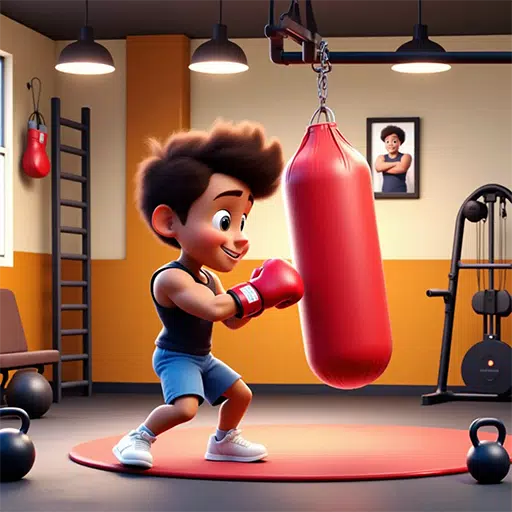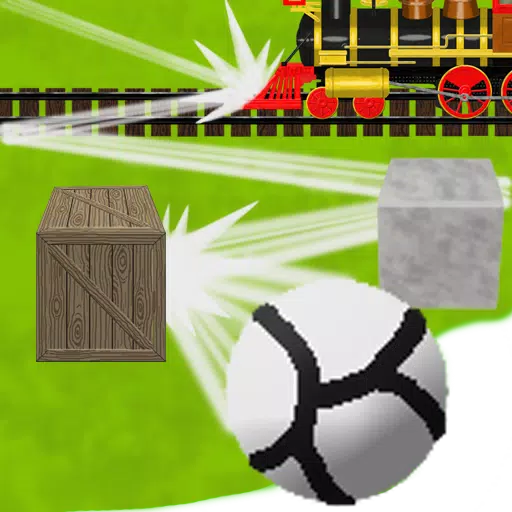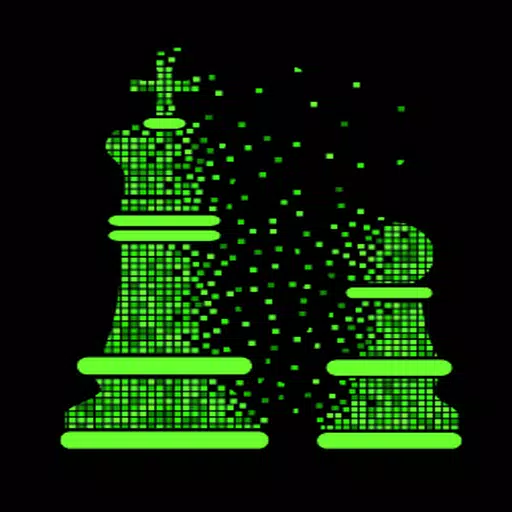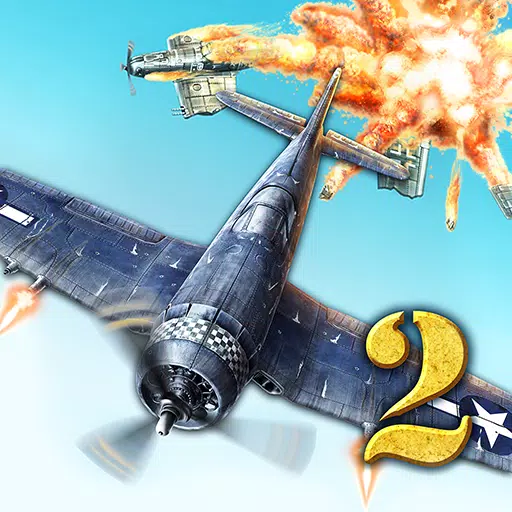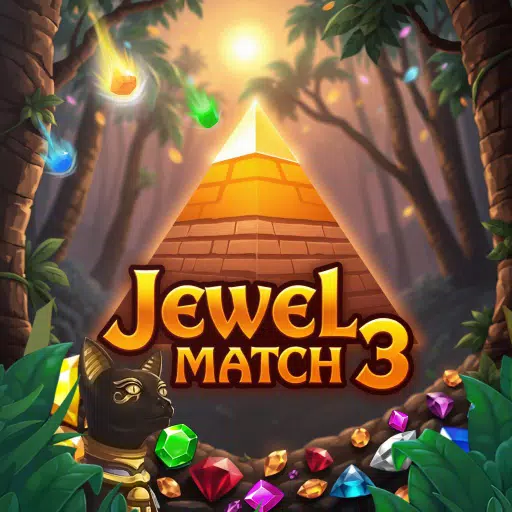Exploring Monster Hunter Wilds' Oilwell Basin: A Deep Dive into its Ecosystem and New Monsters
Monster Hunter Wilds introduces the Oilwell Basin, a unique locale characterized by its fiery landscape and oil-rich environment. Unlike the sunlit plains and forests of previous games, this location presents a distinct ecosystem powered by geothermal energy. This article delves into the design philosophy behind the Oilwell Basin and its inhabitants, as explained by directors Yuya Tokuda and Kaname Fujioka.
The Oilwell Basin's vertical structure, unlike the horizontally expansive previous areas, offers varied environments across its upper, middle, and lower strata. The top layer features oil-slicked mud, while the lower levels become increasingly hotter, culminating in lava flows. This stratification mirrors deep-sea or underwater volcanic ecosystems, influencing the design of the region's creatures.
Rompopolo: The Toxic Trickster
Rompopolo, a globular monster with needle-like teeth, embodies the Oilwell Basin's chaotic nature. Its design, inspired by the image of a mad scientist, features a chemical purple hue and glowing red eyes. Despite its menacing appearance, its crafted equipment is surprisingly cute.
Ajarakan: The Fiery Brawler
Ajarakan, a flame-wreathed gorilla-like monster, contrasts with Rompopolo's trickery through its straightforward, powerful attacks. Its towering silhouette and flame-enhanced strikes, reminiscent of a wrestler, emphasize its physical strength. The design team aimed for a monster whose strengths were easily understood, resulting in simple yet visually striking attacks.
Nu Udra: The Apex Predator
Nu Udra, the Oilwell Basin's apex predator, is a colossal, octopus-like creature covered in flammable oil. Its design, inspired by octopuses, features a striking silhouette and demonic horns, while obscuring its face. Its movements and the accompanying music evoke demonic imagery, creating a unique and memorable encounter. The development team had long desired to create a tentacled monster with fluid, dynamic movements, and Nu Udra represents the culmination of this ambition. The technical challenges of animating its flexible body and intricate movements were overcome through advancements in game technology, resulting in a truly impressive creature. Its numerous tentacles, each with a light-emitting sensory organ, present a unique challenge to hunters, requiring strategic attacks and careful observation. The severed tentacles, while initially thrashing, eventually rot, impacting material acquisition.
Gravios's Return
The Oilwell Basin also sees the return of Gravios, a monster last seen in Monster Hunter Generations Ultimate. Its hard carapace and heat-emitting properties make it a fitting addition to this fiery environment. The team focused on maintaining its signature hardness while also creating a challenging encounter that rewards strategic part-breaking and wound utilization.
Monster Hunter Wilds' Diverse Roster
Beyond these highlighted monsters, the Oilwell Basin houses a diverse range of creatures, reflecting the team's careful consideration in monster selection and integration within the game's overall progression.
The creation of the Oilwell Basin and its inhabitants showcases the Monster Hunter team's dedication to innovative monster design and challenging gameplay, pushing technological boundaries to realize long-held creative visions. The meticulous attention to detail, from the creatures' movements to the environmental storytelling, creates a truly immersive and unforgettable hunting experience.
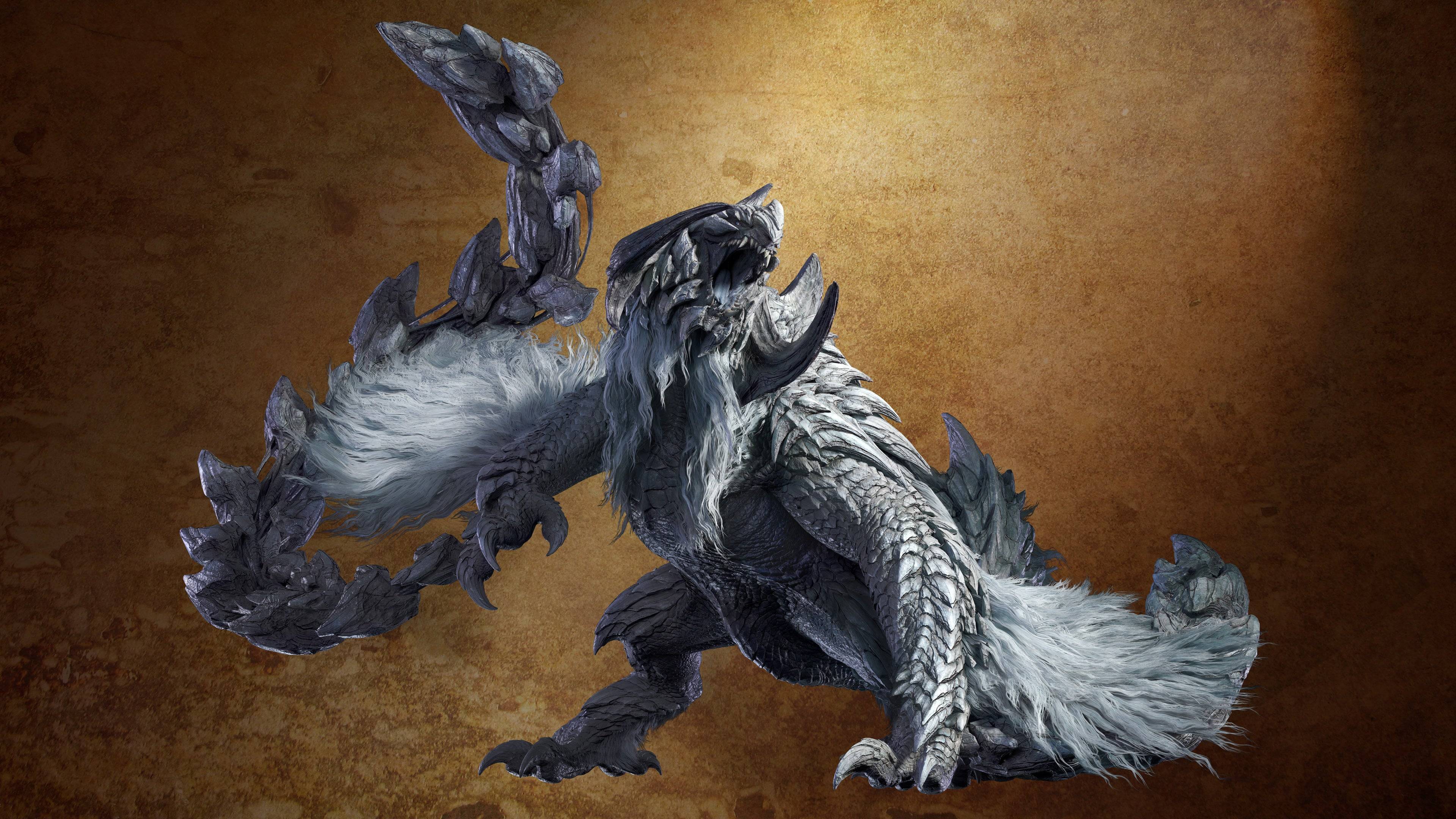
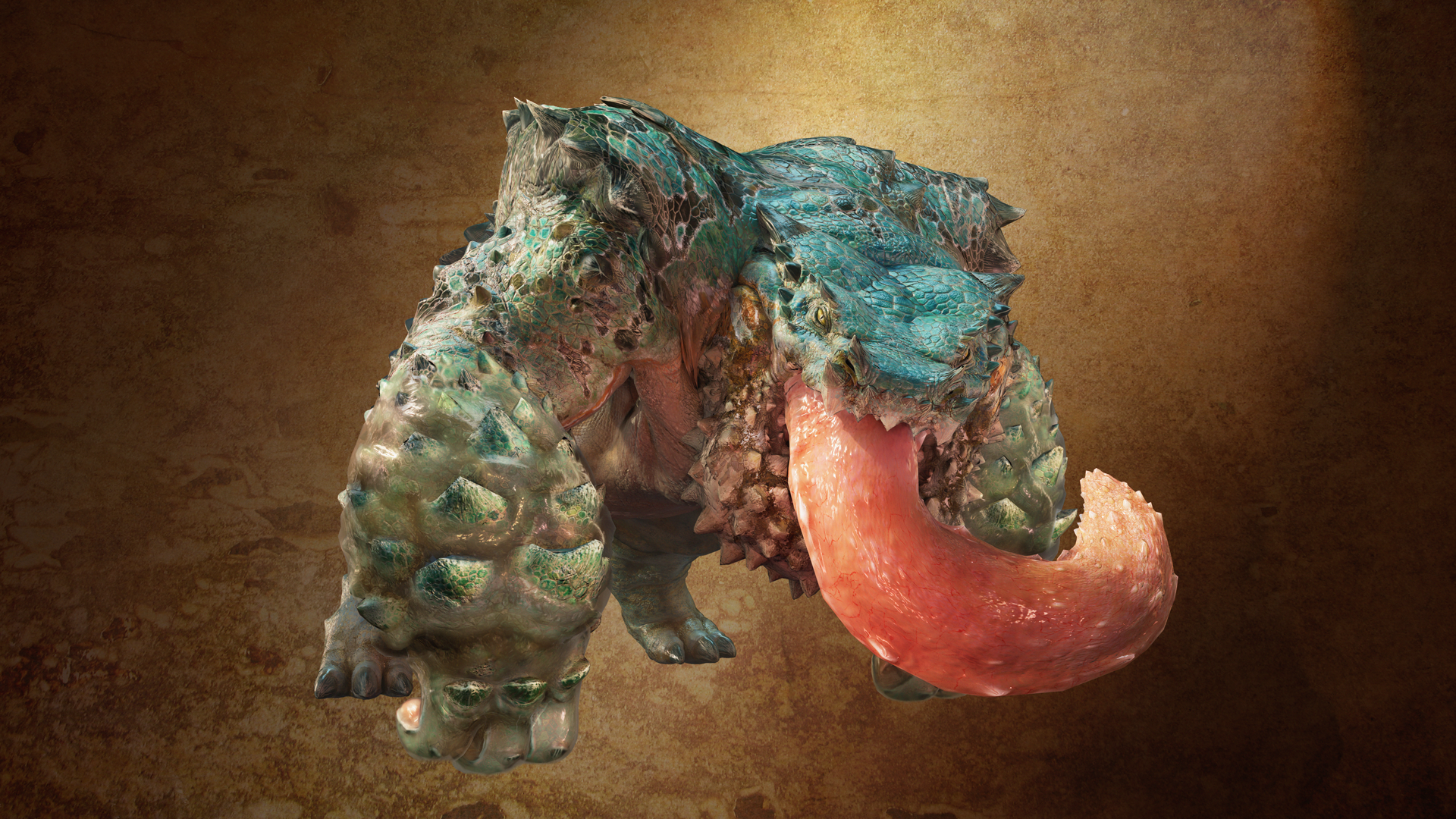
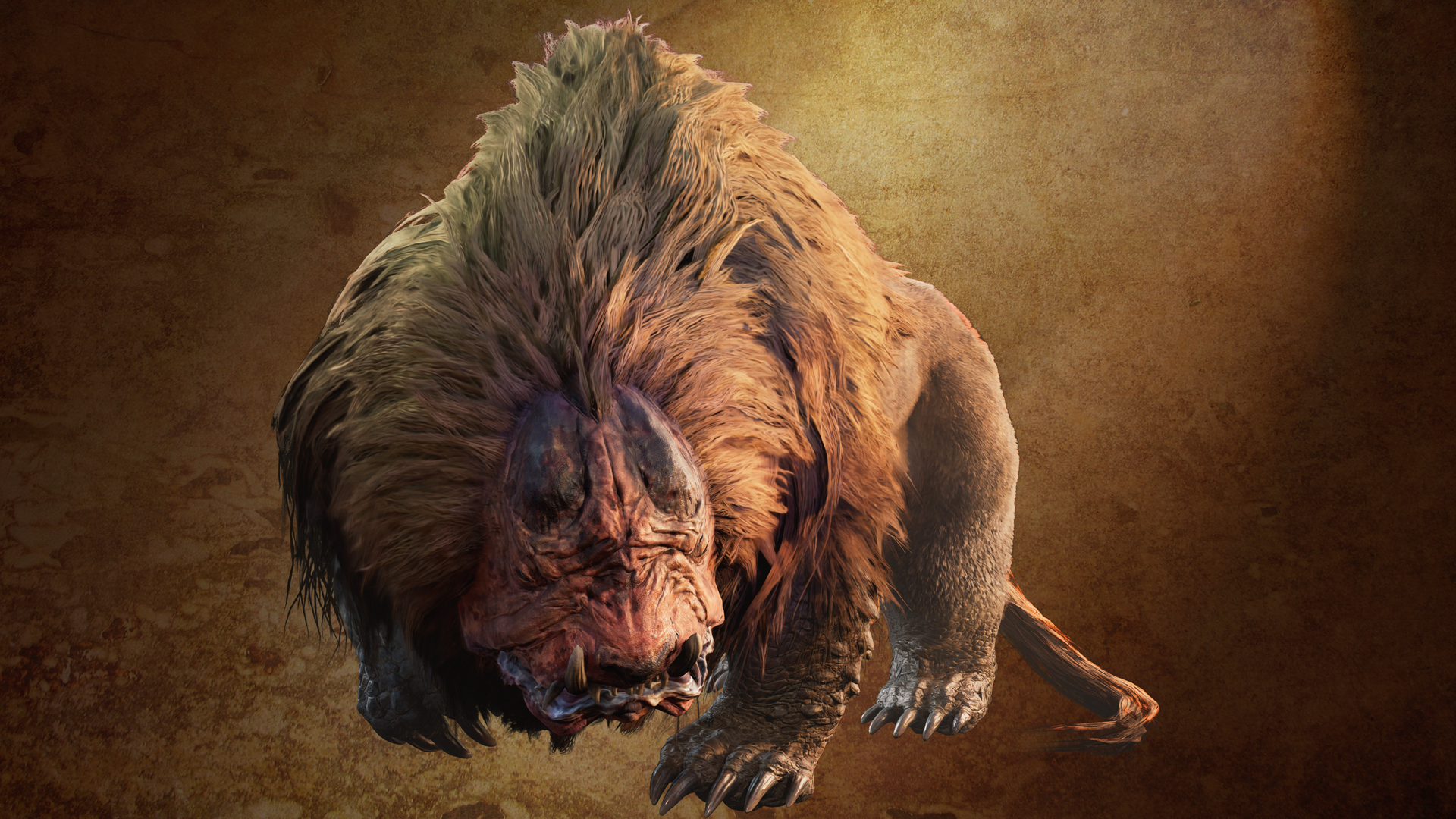
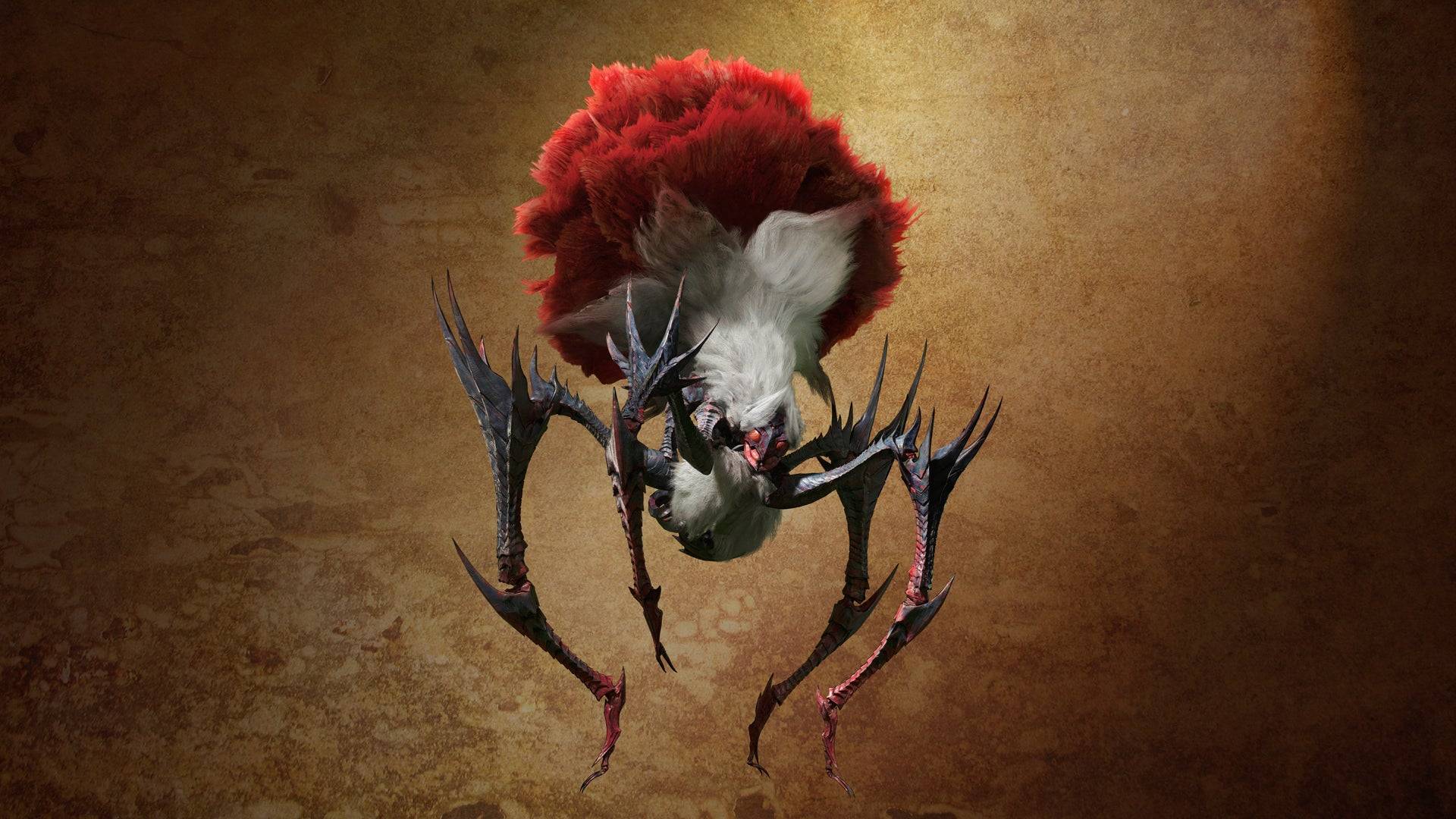
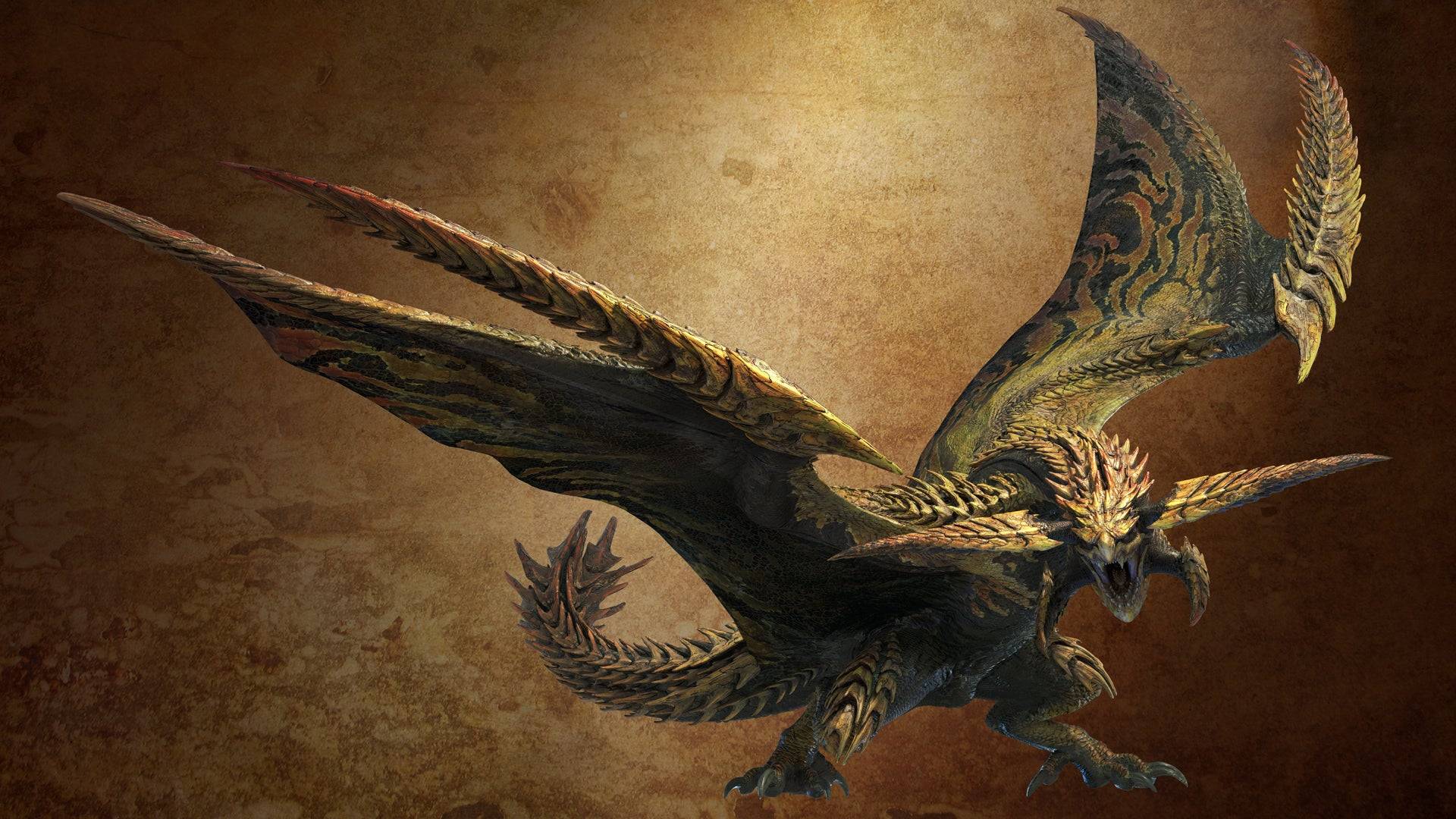
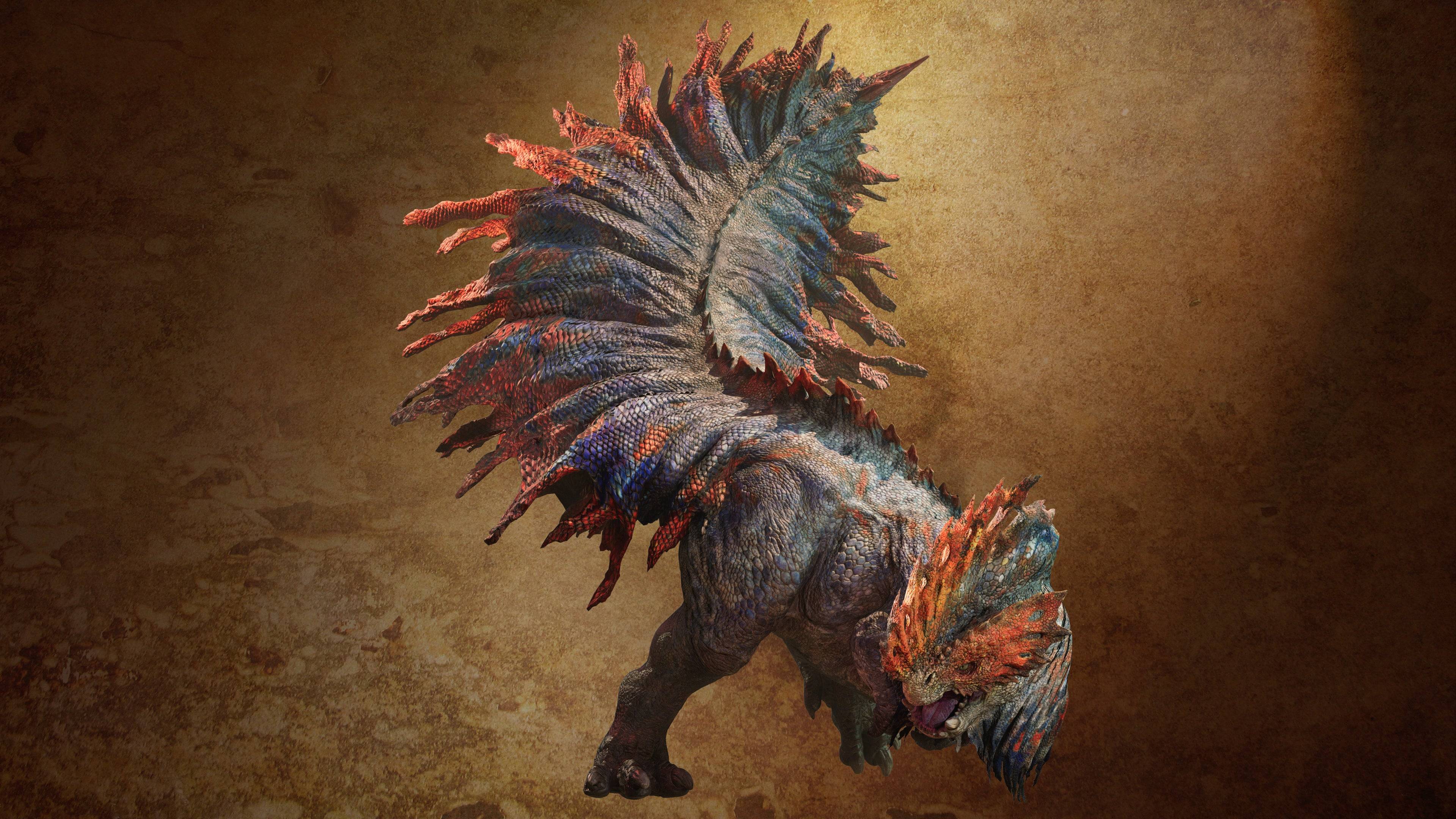
(Note: The image URLs provided in the original text are assumed to be functional and are included as-is. If they are not valid, the images will not display.)

